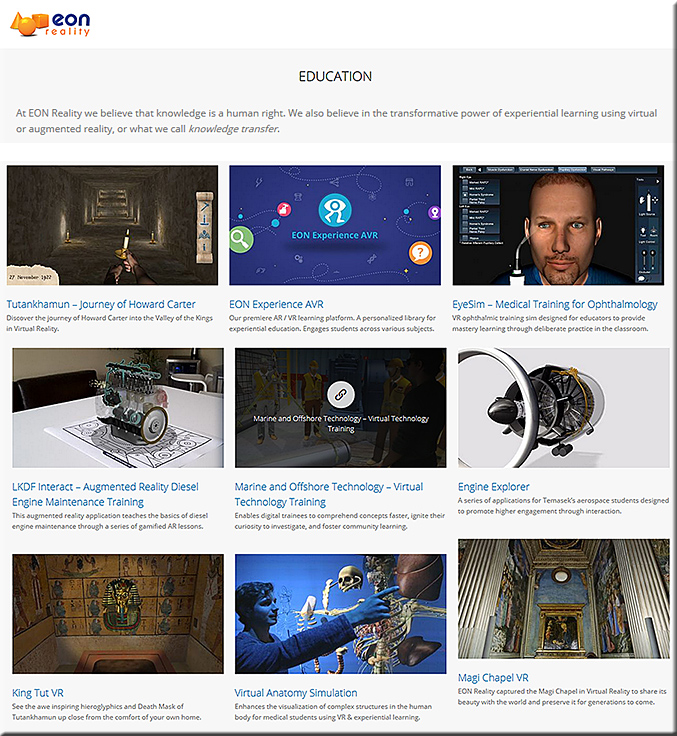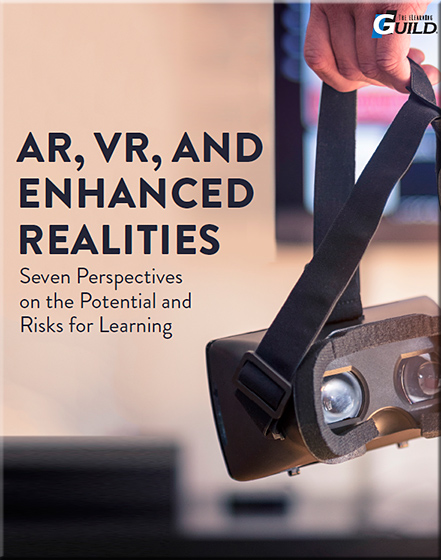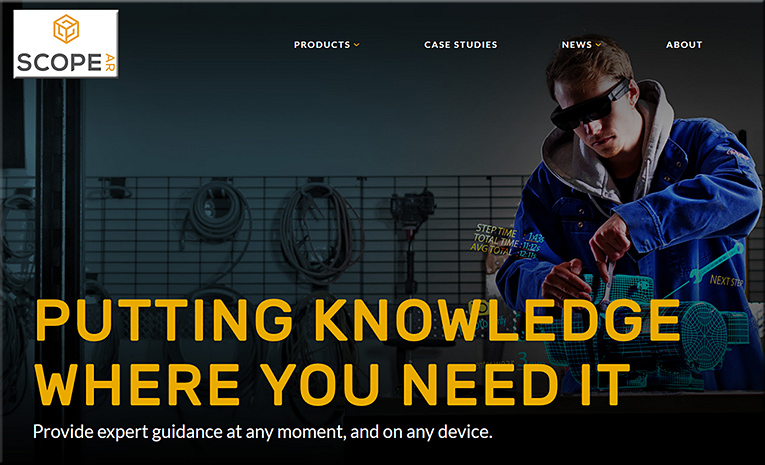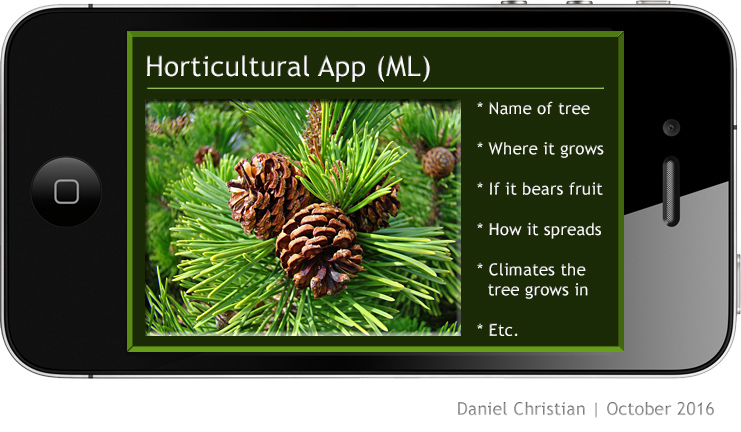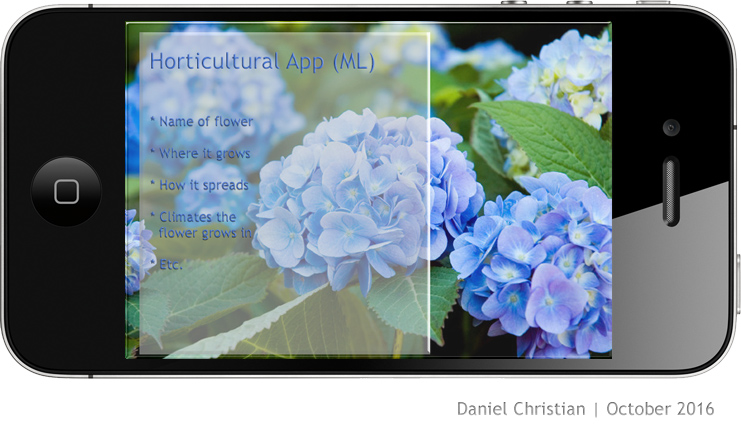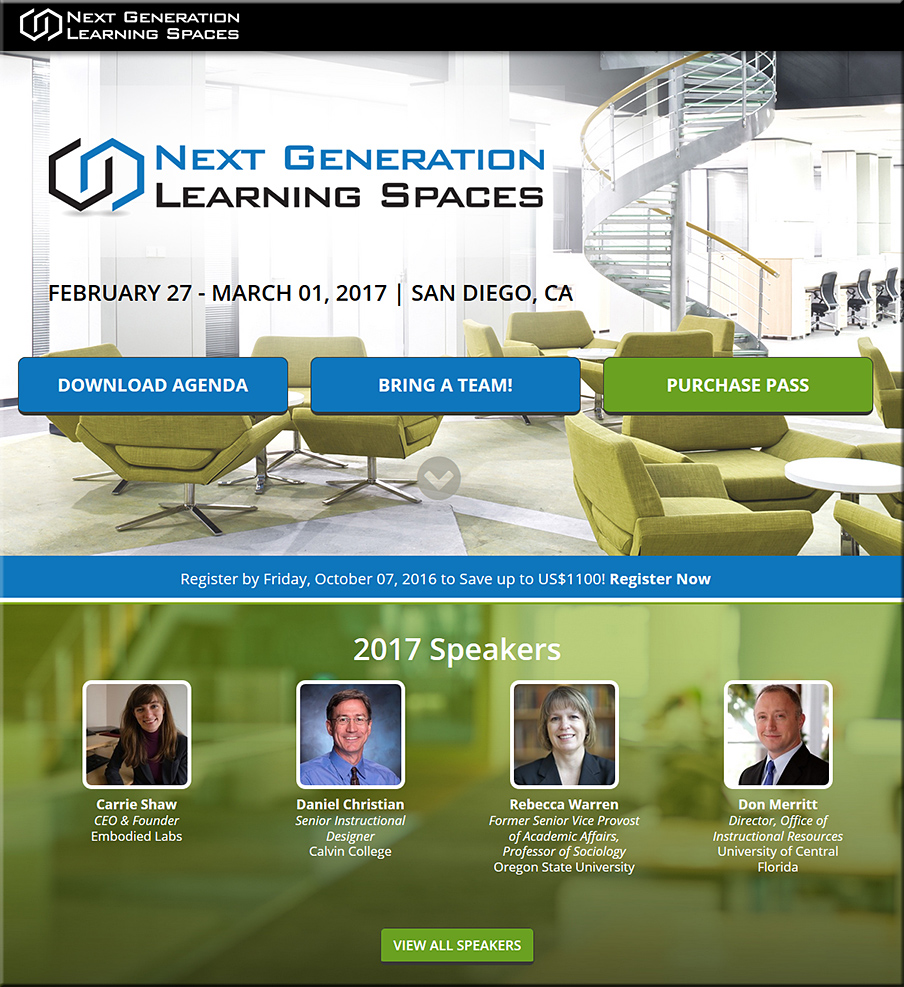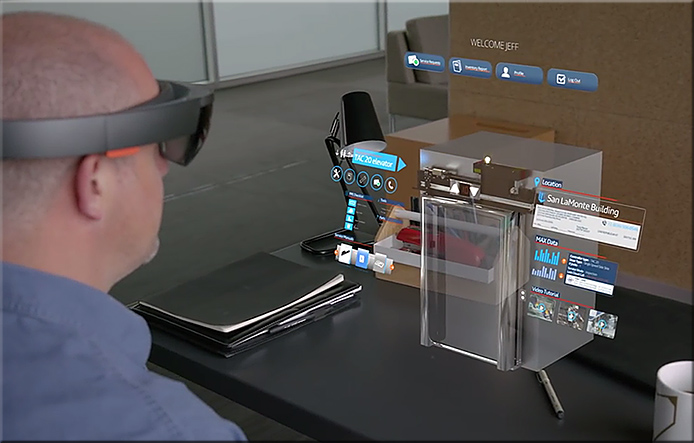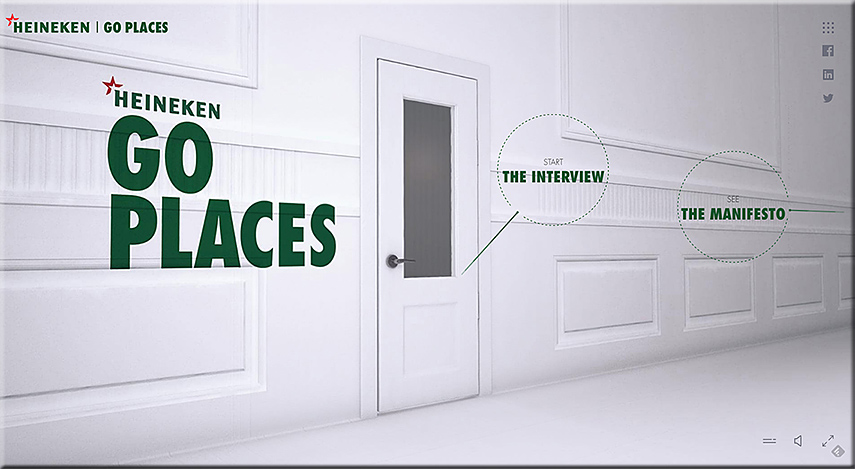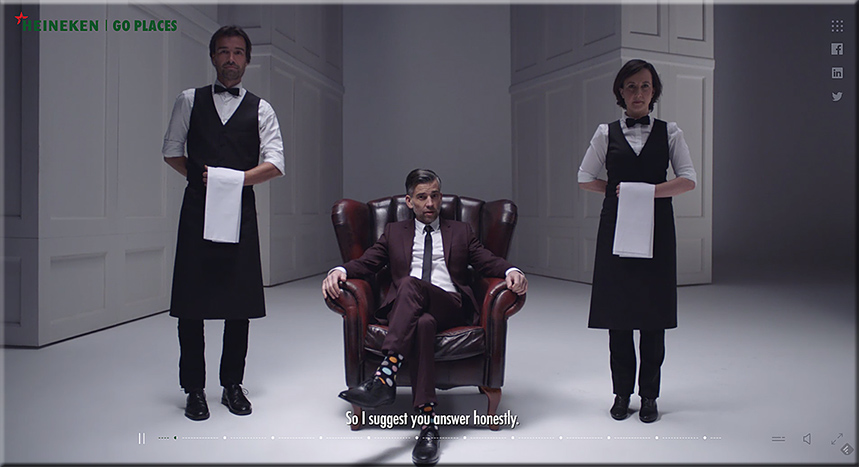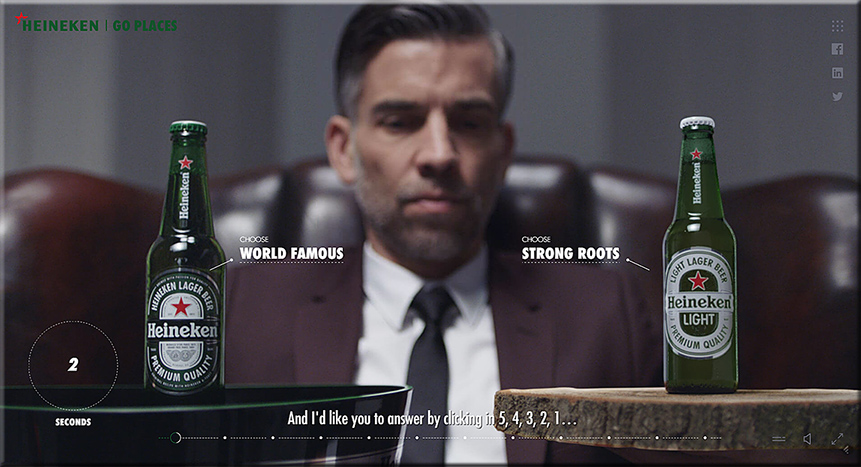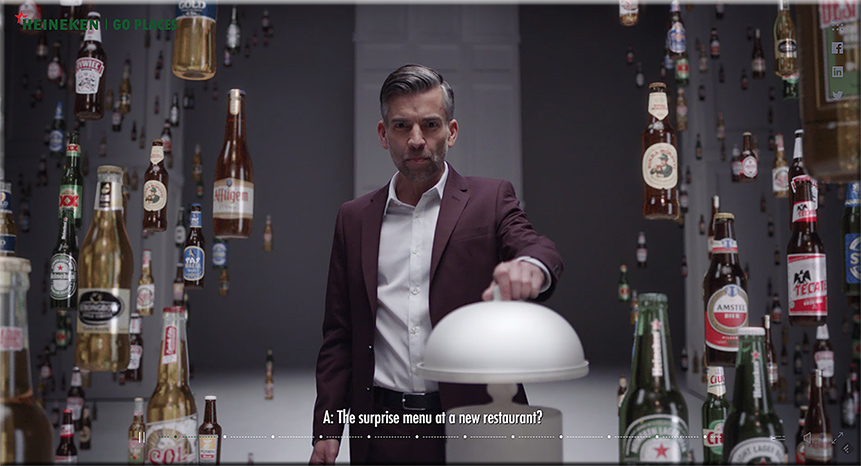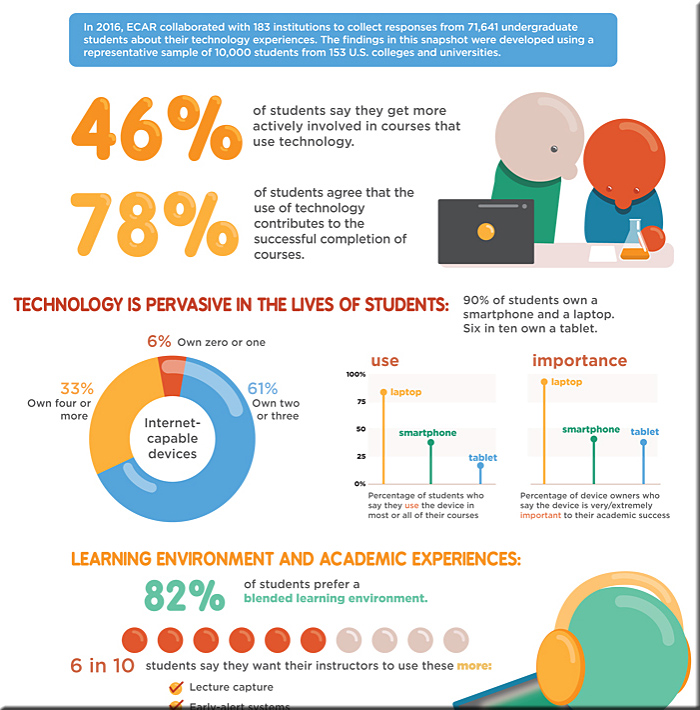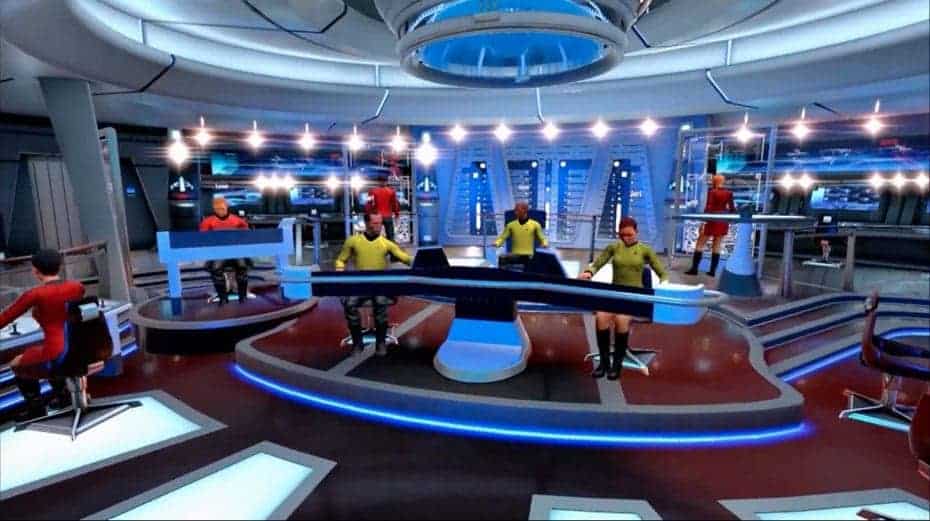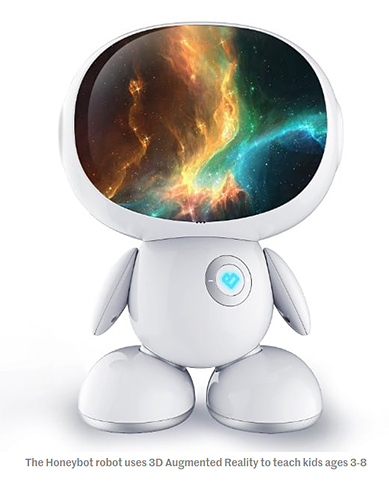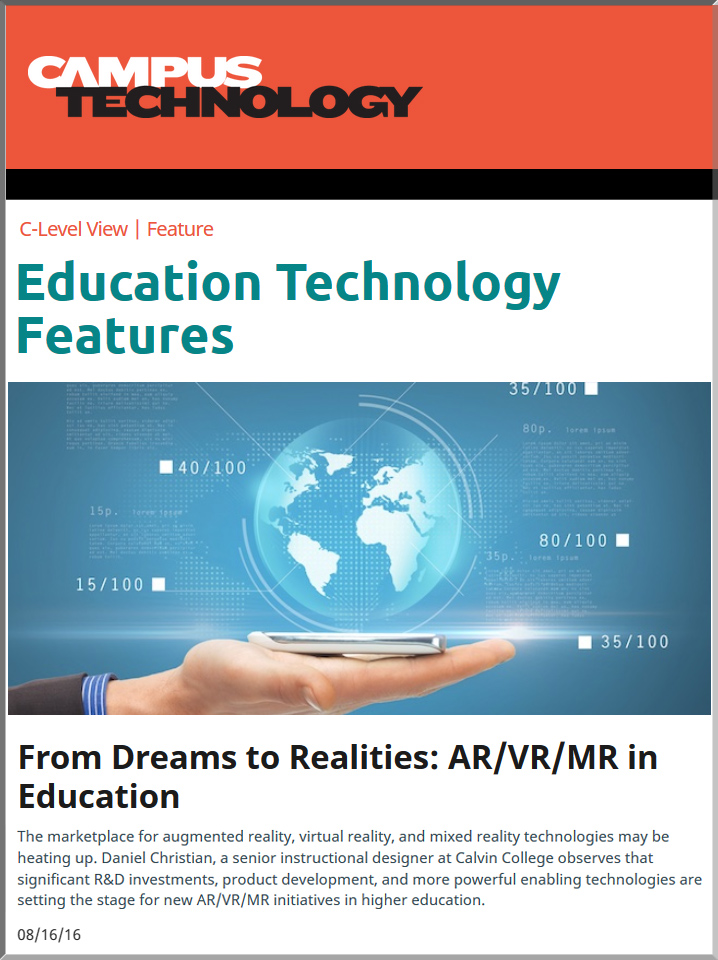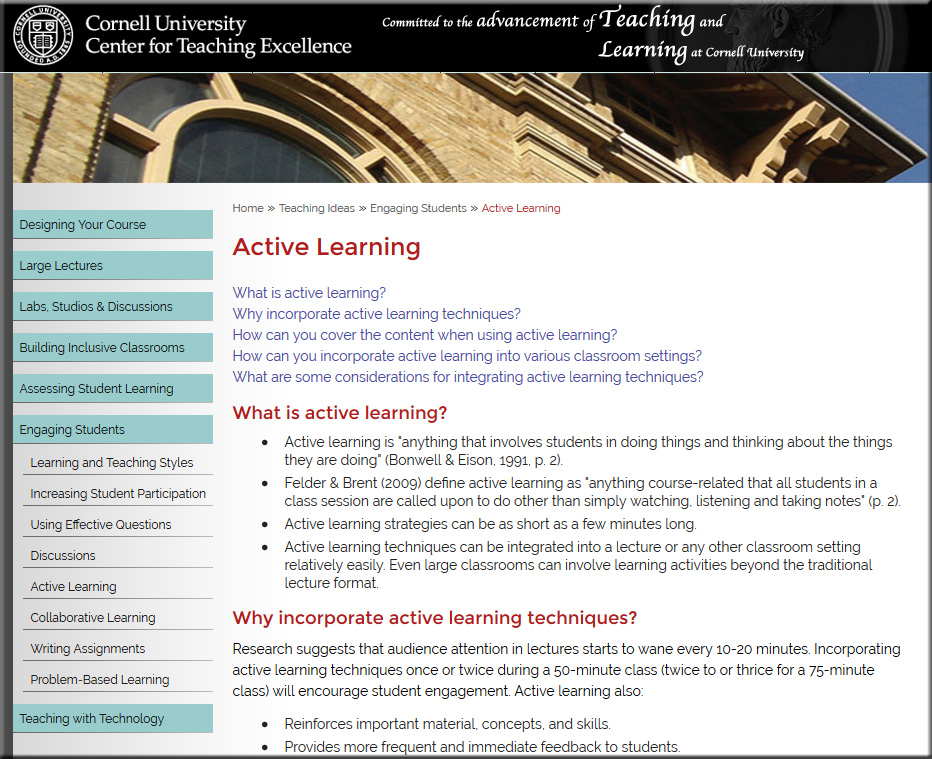Google Earth lets you explore the planet in virtual reality — from vrscout.com by Eric Chevalier

How virtual reality could change the way students experience education — from edtechmagazine.com by by Andrew Koke and Anthony Guest-Scott
High-impact learning experiences may become the norm, expanding access for all students.
Excerpt:
The headlines for Pokémon GO were initially shocking, but by now they’re familiar: as many as 21 million active daily users, 700,000 downloads per day, $5.7 million in-app purchases per day, $200 million earned as of August. Analysts anticipate the game will garner several billion dollars in ad revenue over the next year. By almost any measure, Pokémon GO is huge.
The technologies behind the game, augmented and virtual reality (AVR), are huge too. Many financial analysts expect the technology to generate $150 billion over the next three years, outpacing even smartphones with unprecedented growth, much of it in entertainment. But AVR is not only about entertainment. In August 2015, Teegan Lexcen was born in Florida with only half a heart and needed surgery. With current cardiac imaging software insufficient to assist with such a delicate operation on an infant, surgeons at Nicklaus Children’s Hospital in Miami turned to 3D imaging software and a $20 Google Cardboard VR set. They used a cellphone to peer into the baby’s heart, saw exactly how to improve her situation and performed the successful surgery in December 2015.
“I could see the whole heart. I could see the chest wall,” Dr. Redmond Burke told Today. “I could see all the things I was worried about in creating an operation.”
Visionary: How 4 institutions are venturing into a new mixed reality — from ecampusnews.com by Laura Devaney
Mixed reality combines virtual and augmented realities for enhanced learning experiences–and institutions are already implementing it.
Excerpt:
Texas Tech University Health Sciences Center in Lubbock and San Diego State University are both part of a Pearson mixed reality pilot aimed at leveraging mixed reality to solve challenges in nursing education.
…
At Bryn Mawr College, a women’s liberal arts college in Pennsylvania, faculty, students, and staff are exploring various educational applications for the HoloLens mixed reality devices. They are testing Skype for HoloLens to connect students with tutors in Pearson’s 24/7 online tutoring service, Smarthinking.
…
At Canberra Grammar School in Australia, Pearson is working with teachers in a variety of disciplines to develop holograms for use in their classrooms. The University of Canberra is partnering with Pearson to provide support for the project and evaluate the impact these holograms have on teaching and learning.
ZapBox brings room-scale mixed reality to the masses — from slashgear.com by JC Torres
Excerpt:
As fantastic as technologies like augmented and mixed reality may be, experiencing them, much less creating them, requires a sizable investment, financially speaking. It is just beyond the reach of consumers as well as your garage-type indie developer. AR and VR startup Zappar, however, wants to smash that perception. With ZapBox, you can grab a kit for less than a triple-A video game to start your journey towards mixed reality fun and fame. It’s Magic Leap meets Google Cardboard. Or as Zappar itself says, making Magic Leap, magic cheap!

Shakespeare’s Tempest gets mixed reality makeover — from bbc.com by Jane Wakefield
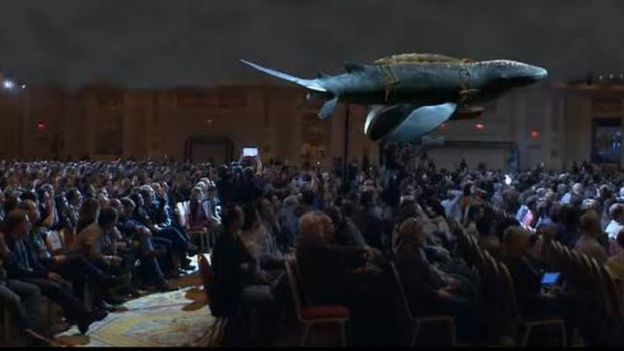 Intel’s flying whale was the inspiration for the technology in The Tempest
Intel’s flying whale was the inspiration for the technology in The Tempest
Excerpts from the 9/23/16 School Library Journal Webcast:

- Introduction
- New Technologies: Do They Really Change Learning Strategies? — by Joe Ganci and Sherry Larson
- Enhanced Realities: An Opportunity to Avoid the Mistakes of the Past — by David Kelly
- Let the Use Case Drive What Gets Augmented—Not the Other Way Around — by Chad Udell
- Augmented Reality: An Augmented Perspective — by Alexander Salas
- Virtual Reality Will Be the Perfect Immersive Learning Environment — by Koreen Pagano
- Will VR Succeed? Viewpoint from Within a Large Corporation — by John O’Hare
- Will VR Succeed? Viewpoint from Running a VR Start-up — by Ishai Albert Jacob
From DSC:
I think Technical Communicators have a new pathway to pursue…check out this piece from Scope AR and Caterpillar.









